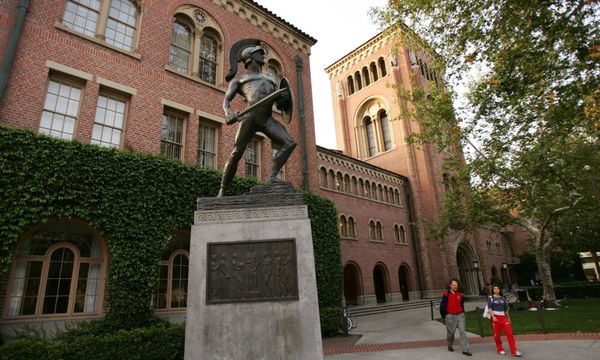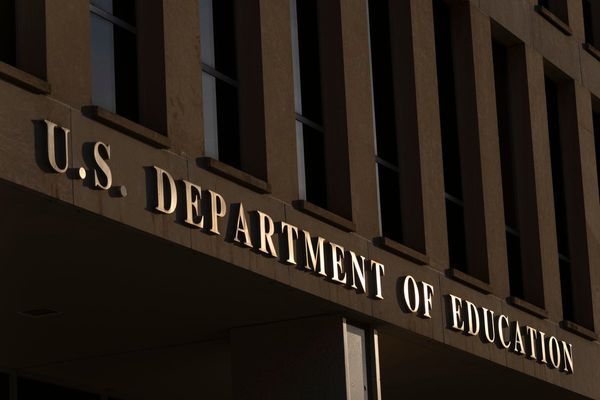Several U.S. cities are bracing for travel disruptions as a looming strike against freight railroads threatens ripple effects on passenger service from Washington to Chicago and Los Angeles.
Thousands of Americans will have to find alternative means of transportation if the strike goes ahead, with commuter lines to Washington, D.C., and Chicago warning that trains on some routes will grind to a halt. Amtrak canceled all long-distance trains starting Thursday.
The disruptions come at a difficult time for Amtrak and transit agencies after ridership plunged during the pandemic and has yet to return to normal. President Joe Biden is racing to avoid a strike, but freight railroads and unions have just until Friday to resolve a labor dispute that could cost the world’s biggest economy $2 billion a day.
Amtrak’s long-haul network and some commuter rail operators use tracks owned, maintained and operated by freight companies, leaving them with little option to keep services.
Baye Larsen, a senior credit officer at Moody’s who covers transit agencies, downplayed the nationwide impact to commuter rail, saying few transit agencies outside of Washington and Chicago rely on tracks owned by freight railroads. If some experience minor service disruption, it’s unlikely to pose a significant risk to their finances.
“Systems are much less reliant on fares compared to pre-Covid and most are benefiting from untapped federal aid and strong tax revenue growth,” Larsen said in an email.
Tens of thousands of Americans rely on passenger rail. Amtrak’s move could affect some 6,000 riders a day, according to Bloomberg calculations based on 2021 ridership figures. Most trains on the Northeast Corridor, including Acela service between Boston and Washington, wouldn’t be affected, the railroad said. But nearly all of the 21,000 route miles (34,000 kilometers) Amtrak operates outside of that area use railway track “owned, maintained and dispatched by freight railroads.”
Commuter lines
Commuter lines are also being affected. Commuter and intercity passenger railroads often share railroad tracks with freight railroads that in most instances own and maintain the tracks, according to the American Public Transportation Association, which represents transit agencies. Commuter railroads alone operate on more than 3,000 miles of freight carriers’ lines and often rely upon those companies’ workers to enable passenger trains to run safely, the organization said in a statement.
In the San Francisco Bay area, Caltrain warned that a strike would lead to suspended service in southern Santa Clara County, cutting off some commuters into San Jose. Travel through Silicon Valley into San Francisco wouldn’t be affected.
The Virginia Railway Express said service would stop if no agreement is reached, potentially disrupting travel for more than 7,000 riders, said spokesperson Karen Finucan Clarkson. The Maryland Area Regional Commuter Rail said it will have to stop service in two of its three primary lines, affecting about 3,000 daily trips.
A shutdown of the Virginia commuter rail system would come as some residents face a weeks-long shutdown of Washington Metro stations south of Reagan National Airport, leaving them with no nearby rail option for getting into the nation’s capital.
In Chicago, stoppages at four out of 11 Metra lines connecting the city to northern and western suburbs will begin Thursday evening, disrupting some 80,000 trips, or about 60% of passengers. Metra said in a statement that it is still in talks with freight operators to understand how five other routes that intersect with tracks operated by freight rail would be affected.
The potential strike threatens to wreak havoc on the U.S. economy, with railroads poised to stop shipments of everything from crops to fertilizers, fuels and cars. It would also come as Americans are returning to work in bigger numbers after pandemic lockdowns kept workers at home for about two years.
The two major railroad unions are still working to reach a deal covering some 57,000 workers, and Biden is personally now trying to break the industry-labor logjam.
With November midterm elections less than two months away, the White House has started crafting contingency plans to ensure critical materials keep moving in the event of a work stoppage, a sign negotiations still have a long way to go.







